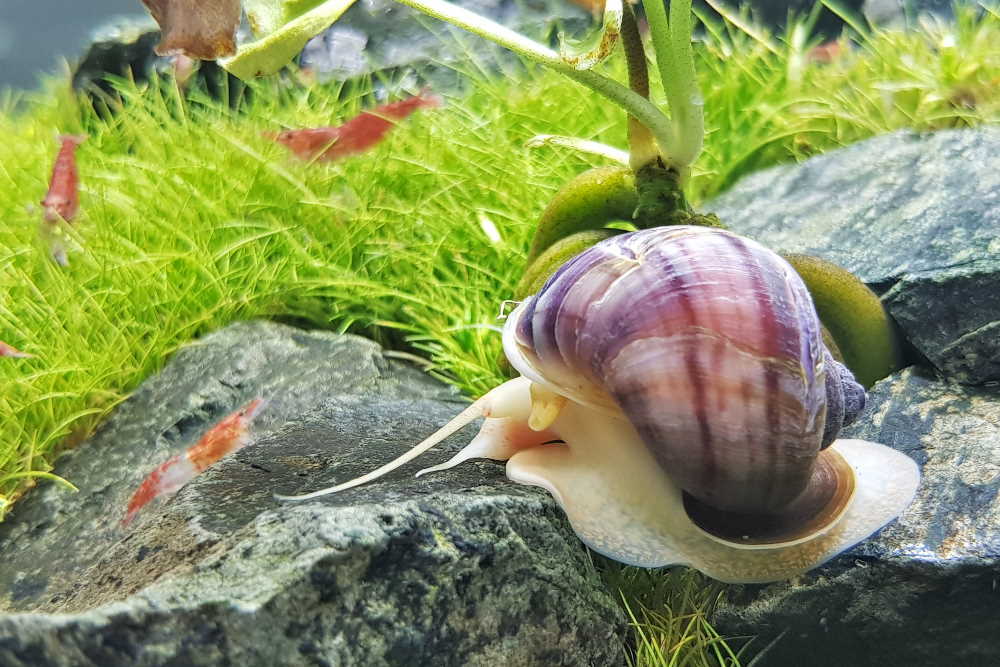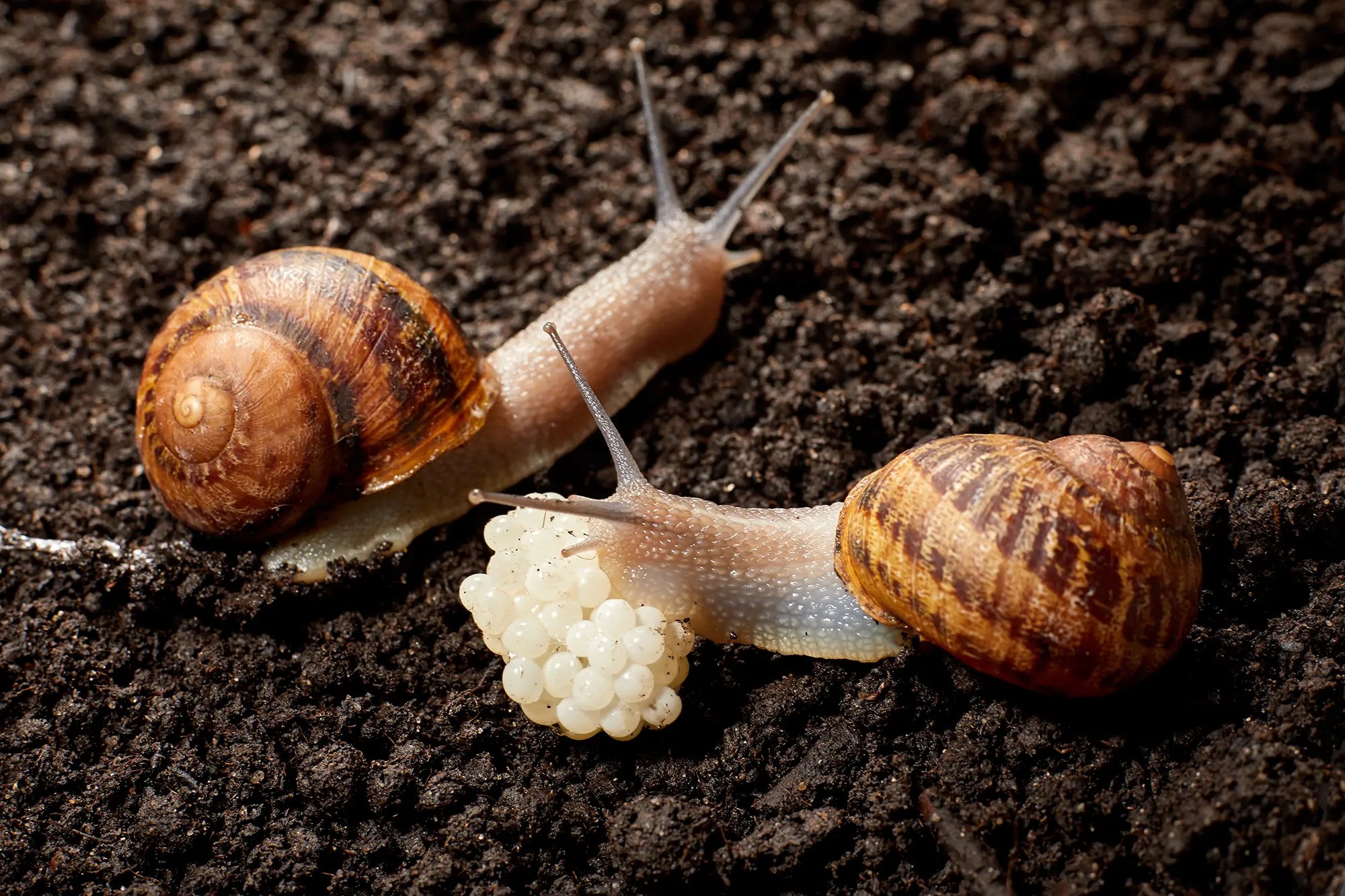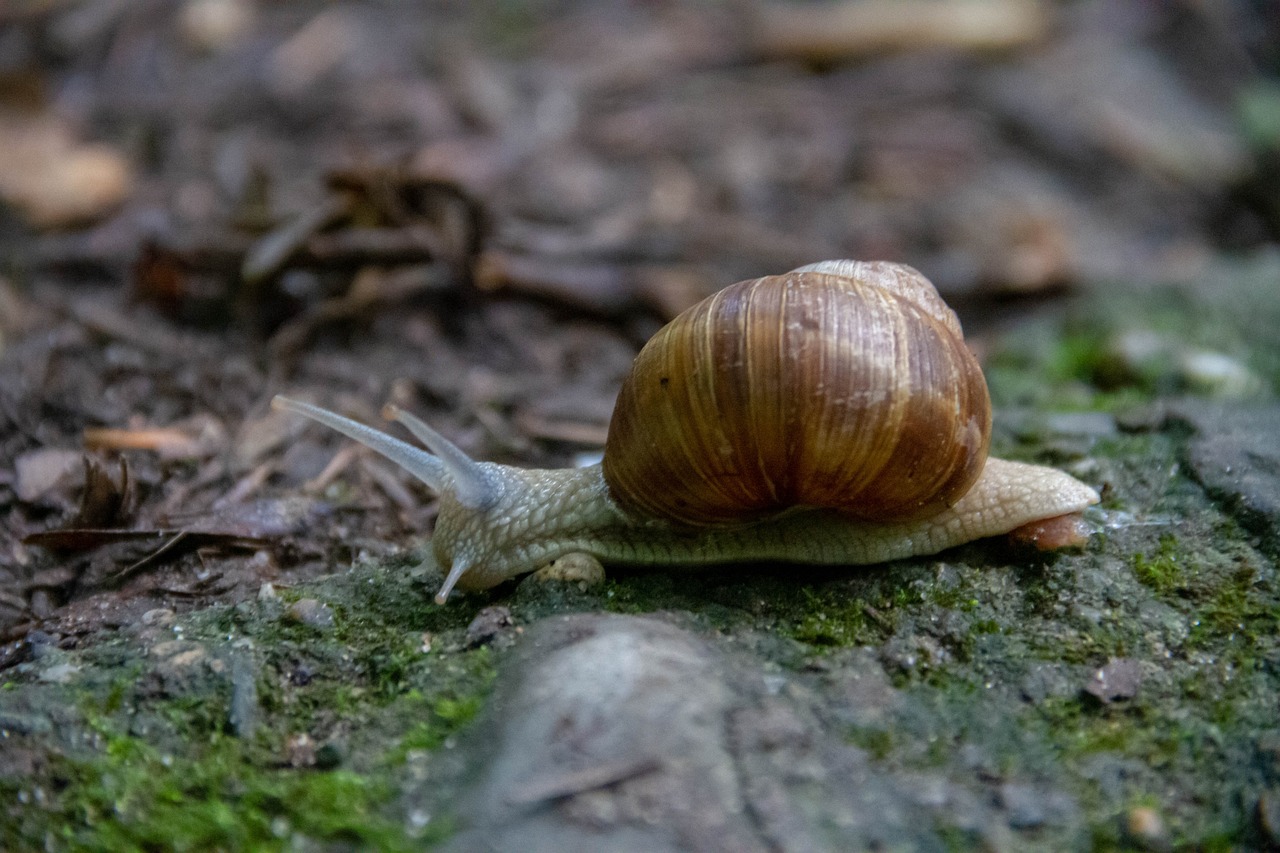Magenta Mystery Snails are a unique and captivating addition to any aquarium. Their vibrant color and intriguing behavior make them a favorite among aquarists. In this blog post, we will delve into the world of Magenta Mystery Snails, exploring their care requirements, growth patterns, and habitat tips. By the end, you’ll have a comprehensive understanding of how to provide the best environment for these delightful creatures.
Understanding Magenta Mystery Snails
What Are Magenta Mystery Snails?
Magenta Mystery Snails, also known as Pomacea bridgesii, are freshwater snails that belong to the Ampullariidae family. These snails are known for their striking magenta color, which adds a splash of vibrancy to any aquarium. Unlike many other snail species, Magenta Mystery Snails are active and visible during the day, making them a joy to observe.
Natural Habitat of Magenta Mystery Snails
Magenta Mystery Snails originate from South America, particularly in slow-moving waters like rivers, ponds, and swamps. They thrive in environments with plenty of vegetation and a rich supply of detritus, which serves as their primary food source. Understanding their natural habitat can help aquarists recreate a suitable environment in captivity.
Caring for Magenta Mystery Snails

Tank Requirements
Tank Size
Magenta Mystery Snails do not require a large tank, but it should be spacious enough to accommodate their active nature. A 10-gallon tank is sufficient for a small group of snails. However, larger tanks are always better as they provide more stability in water parameters.
Water Parameters
Maintaining the right water parameters is crucial for the health of Magenta Mystery Snails. They prefer slightly alkaline water with a pH range of 7.6 to 8.4. The water temperature should be kept between 68°F to 84°F. Regular water changes and proper filtration are essential to keep the water clean and free from harmful toxins.
Read More: Discovering the Wonders of the Long Snail A Comprehensive Guide
Feeding Magenta Mystery Snails
Diet and Nutrition
Magenta Mystery Snails are omnivores and will eat a variety of foods. Their diet should include algae wafers, blanched vegetables (such as zucchini and spinach), and commercial snail pellets. It’s important to avoid overfeeding, as uneaten food can pollute the water and harm the snails.
Calcium Supplementation
Calcium is vital for the healthy growth of a snail’s shell. Providing calcium-rich foods, like cuttlebone or crushed eggshells, can help prevent shell deterioration. A calcium supplement can also be added to the water to ensure the snails receive enough of this essential mineral.
Growth and Reproduction

Growth Patterns
Shell Development
The growth rate of Magenta Mystery Snails depends on various factors, including diet and water quality. A healthy snail will exhibit a smooth, unblemished shell. Any signs of pitting or discoloration may indicate poor water conditions or nutritional deficiencies.
Size Expectations
Magenta Mystery Snails can grow up to 2 inches in diameter. It’s important to monitor their growth and ensure they have enough space to move and explore within the tank. Overcrowding can lead to stress and health issues.
Reproduction
Breeding Behavior
Breeding Magenta Mystery Snails is relatively straightforward. These snails are dioecious, meaning they have distinct male and female individuals. They will lay eggs above the waterline, which hatch in about two to four weeks, depending on the temperature and humidity.
Raising Juvenile Snails
Juvenile snails should be kept in a separate tank to avoid being eaten by adult snails or other tank inhabitants. Providing them with a diet rich in calcium and protein will support their growth and development. Regular water changes are crucial to keep the juvenile tank clean and safe.
Creating the Ideal Habitat
Substrate and Decorations
Substrate Choices
A fine-grain substrate, such as sand or smooth gravel, is ideal for Magenta Mystery Snails. This type of substrate prevents damage to their delicate foot and allows them to burrow and explore comfortably.
Plants and Hiding Spots
Live plants not only enhance the aesthetic appeal of the tank but also provide a natural food source and hiding spots for the snails. Hardy plants like Java fern and Anubias are excellent choices. Adding decorations like driftwood and rocks can create additional hiding places and mimic the snail’s natural environment.
Tank Mates
Suitable Companions
Magenta Mystery Snails are peaceful and can coexist with a variety of tank mates. Fish species that are non-aggressive and do not nip at the snail’s antennae are suitable companions. Avoid keeping them with larger, predatory fish that may harm or eat the snails.
Incompatible Species
Certain fish and invertebrates, such as loaches and certain cichlids, can pose a threat to Magenta Mystery Snails. It’s important to research potential tank mates thoroughly to ensure compatibility and a stress-free environment for the snails.
Common Health Issues

Shell Problems
Prevention and Treatment
Shell deterioration is a common issue in Magenta Mystery Snails, often caused by low calcium levels or poor water quality. Regularly supplementing their diet with calcium and maintaining pristine water conditions can prevent such problems. If a snail shows signs of shell damage, isolating it and providing a calcium-rich environment can aid in recovery.
Parasites and Diseases
Recognizing Symptoms
Magenta Mystery Snails can fall victim to parasites and diseases like any other aquatic creature. Symptoms include lethargy, loss of appetite, and abnormal behavior. Quarantining new additions to the tank and maintaining a clean environment can reduce the risk of infections.
Treatment Options
If a snail becomes ill, it’s important to consult with an aquatic veterinarian for proper diagnosis and treatment. Avoid using medications designed for fish, as they can be harmful to snails. Natural remedies, such as salt baths and increased water changes, can often help alleviate minor health issues.
Conclusion
Magenta Mystery Snails are a delightful and colorful addition to any freshwater aquarium. By understanding their care requirements, growth patterns, and habitat needs, aquarists can provide a thriving environment for these fascinating creatures. With the right setup and attention to detail, Magenta Mystery Snails can flourish and bring endless enjoyment to their owners.

